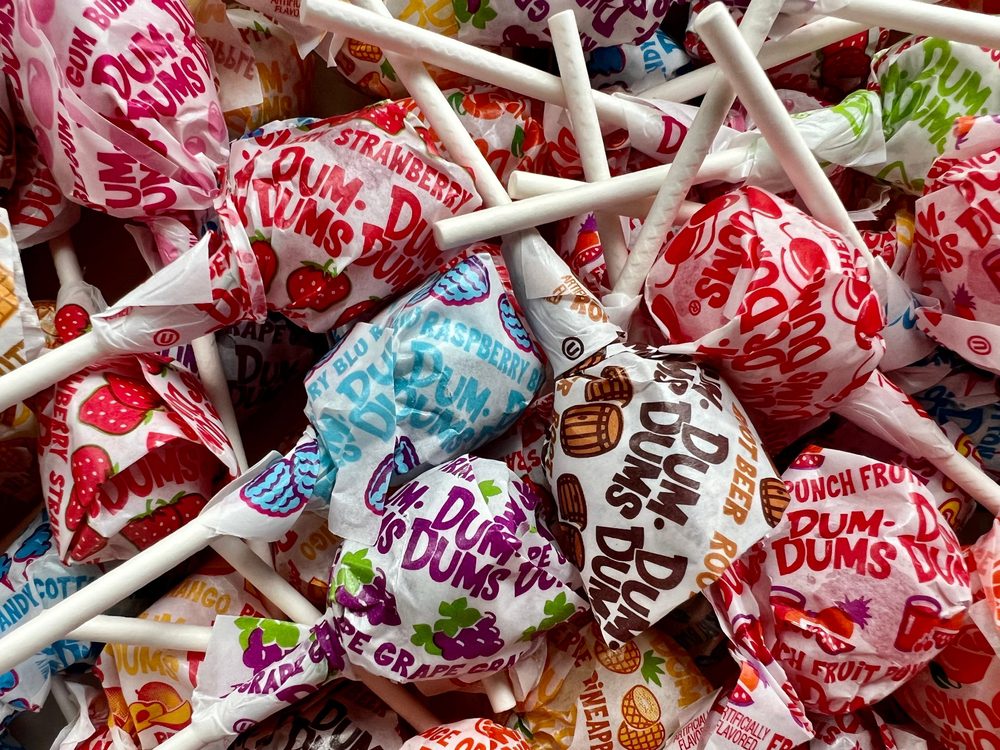 A great headline and a striking font contribute quite a lot to the effectiveness of marketing creative. But there are other, more subtle design elements that can be just as impactful—including these six essential ones.
A great headline and a striking font contribute quite a lot to the effectiveness of marketing creative. But there are other, more subtle design elements that can be just as impactful—including these six essential ones.
- Layout that Follows the Way People Read Content
Many studies show that people tend to read web content in an “F”-shaped pattern, scanning print from the top down and reading text from left to right. When looking at any page, their eyes move first to the most visually dominant elements there. These elements should align with the most important message or piece of information on each page.
- Visual Cues to Direct the User’s Journey
The right visual cues can lead users to the most critical information on a page and indicate where they should look next. Clear images of people may also help to do the trick, as users make “connections” even with static faces.
Consider this: A diaper company tested two versions of a web page that focused on skincare for babies. Both pages featured a compelling headline. However, one page showed an image of the baby facing forward, while the other depicted him or her looking at the text. Users paid much more attention to the copy in the second version, in which the baby was looking at the copy.
- Calls to Action in the Right Spots
Contrary to popular belief, the best place for your call to action isn’t always at the top of a web page. That’s because users may not be able to make relevant decisions until they know more about what a company does, as well as its value proposition. In fact, some tests have shown that when users are presented with the right information, positioning calls to action lower on a page can actually yield more conversions.
- The Right Amount of Information
Digital marketing content can’t be effective if it offers too little information, but too much information can impede impact, too. Self-editing—and removing excess information—can be more effective than you realize. Leveraging white space and creating focal points to avoid overwhelming users’ senses will help guide users through your content.
Limiting the number of affiliate badges, certification icons, and testimonials found on websites has this effect as well. They only confuse users, clutter up the design, and create an undesirable “hard sell” look that may dissuade valuable leads from paying attention to featured content.
How does too much information impede marketing effectiveness? In some cases, “information overload,” as named by Bertram Gross in his 1964 book, The Managing of Organizations, reduces “decision quality.” Overwhelmed users can have difficulty determining whether the product or service being touted is truly of use to them. Many individuals make an uninformed decision when faced with too many choices and options, potentially resulting in conversion by unqualified or otherwise inappropriate leads. Too much information may also cause users to opt out of taking any action at all.
- Lessons from Companies in Other Industries
Many marketers decide to emulate the designs they see on larger competitors’ websites, even if they initially wanted to do something different with their own collateral. Their rationale: These companies are successful, so others should follow their approach.
But just because a big corporation designs its marketing assets in a certain way doesn’t make that approach the correct one. It’s important to gain a broader perspective of what good and effective design can be. Research what successful organizations in other industries have done to find what could be relevant for your own marketing efforts.
- Input Gleaned from Testing
“One and done” doesn’t make for effective design. Marketers and designers may be very happy with any new asset, but that asset won’t necessarily resonate with the target audience.
Testing different versions of any design is the best way to gauge its effectiveness. What you learn in testing not only informs the current design, but may be relevant for any future work you create.
A/B testing helps identify factors that contribute to design effectiveness. However, the differences between “Version A” and “Version B” should be subtle, not significant. Otherwise, pinpointing exactly why one version of a design sparked or has the potential to spark more conversions than another is difficult.
While A/B testing has its uses—as does reviewing click-streams and heat maps—none of these will necessarily give you the whole picture. What will: Soliciting real-time feedback from real users—learning their thought process when perusing a website, how they move from one area or block of copy and graphics to another, and how they decide whether or not to click on a call to action.
Designing highly effective marketing creative isn’t an exact science. Nonetheless, utilizing the six elements mentioned here is a solid basis for creating designs that will engage users.
Danielle Riley is the creative director of SmartBug Media.
Related Articles:
How Performance Creative Can Lift Your Digital Marketing ROI
Crush Your Digital Content Experiences


 Network
Network

